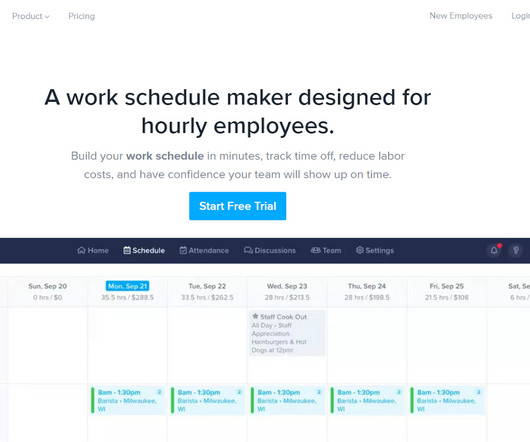Building an Agile HR Strategy: How to Adapt to Changing Business Needs
Peoplebox
NOVEMBER 30, 2024
Experiment with classic in-house teams, a mix of freelancers and independent contractors, outsourcing, offshoring, and more. Combining pulse surveys, annual engagement scores, and performance metrics creates a clearer picture of employee needs. A company needs to have all of these in different capacities. Platforms like Peoplebox.ai






























Let's personalize your content